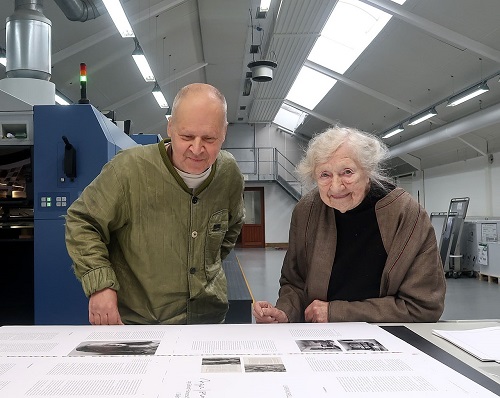_GRECAPTCHA
ASPSESSIONID*
basketIdentifier
DanDomainWebShop5Favorites
DDCookiePolicy
DDCookiePolicy-consent-functional
DDCookiePolicy-consent-statistics
DDCookiePolicy-consent-tracking
DDCookiePolicyDialog
SharedSessionId
shop6TipBotFilterRandomStringValue
shopReviewRandomStringValue
shopShowBasketSendMailRandomStringValue
_ga*
_gat_gtag_UA(Viabill)
GPS
VISITOR_INFO1_LIVE
YSC
Nødvendige
Nødvendige
Nødvendige
Nødvendige
Nødvendige
Nødvendige
Nødvendige
Nødvendige
Nødvendige
Nødvendige
Nødvendige
Nødvendige
Nødvendige
Markedsføring
Markedsføring
Markedsføring
Markedsføring
Markedsføring
Bruges til Google ReCaptcha
Google LLC
Bruges til at gemme session data
Bruges til at gemme kurv
Bruges af funktionen favorit produkter
Bruges til at gemme cookie samtykke
Bruges til at gemme cookie samtykke
Bruges til at gemme cookie samtykke
Bruges til at gemme cookie samtykke
Bruges til at gemme cookie samtykke
Bruges til at gemme session data
Bruges af funktionen tip en ven
Bruges af funktionen produkt anmeldelser
Bruges til send kurven til en ven funktionen
Google analytics bruges til at indsamle statistik om den besøgende
Google LLC
Bruges af Google til at tilpasse visning af annoncer
Google LLC
Bruges af Youtube til afspilning af video
youtube.com
Bruges af Youtube til afspilning af video
youtube.com
Bruges af Youtube til afspilning af video
youtube.com
182 dage
session
30 dage
365 dage
365 dage
365 dage
365 dage
365 dage
365 dage
365 dage
session
session
session
730 dage
1 dage
1 dage
180 dage
session


